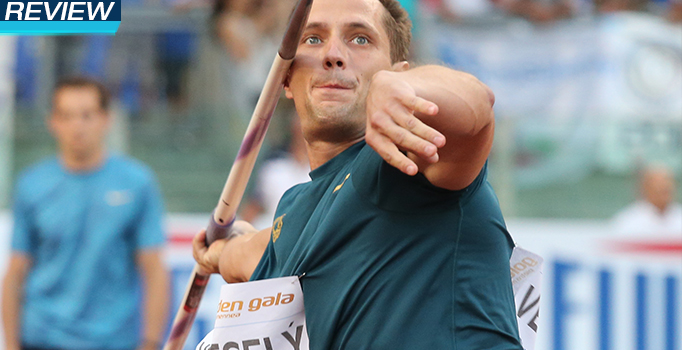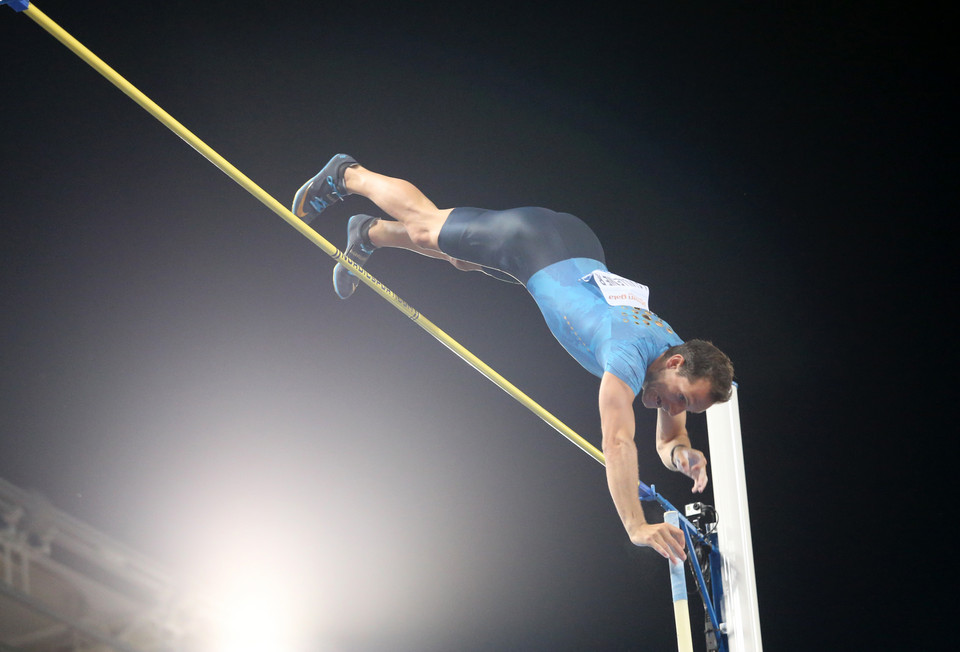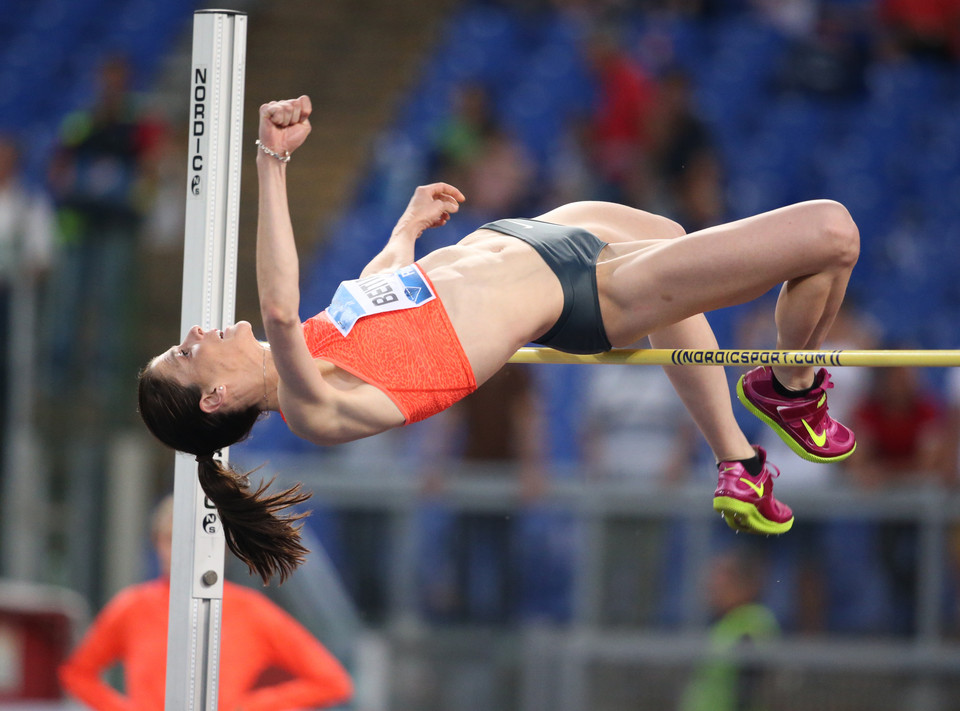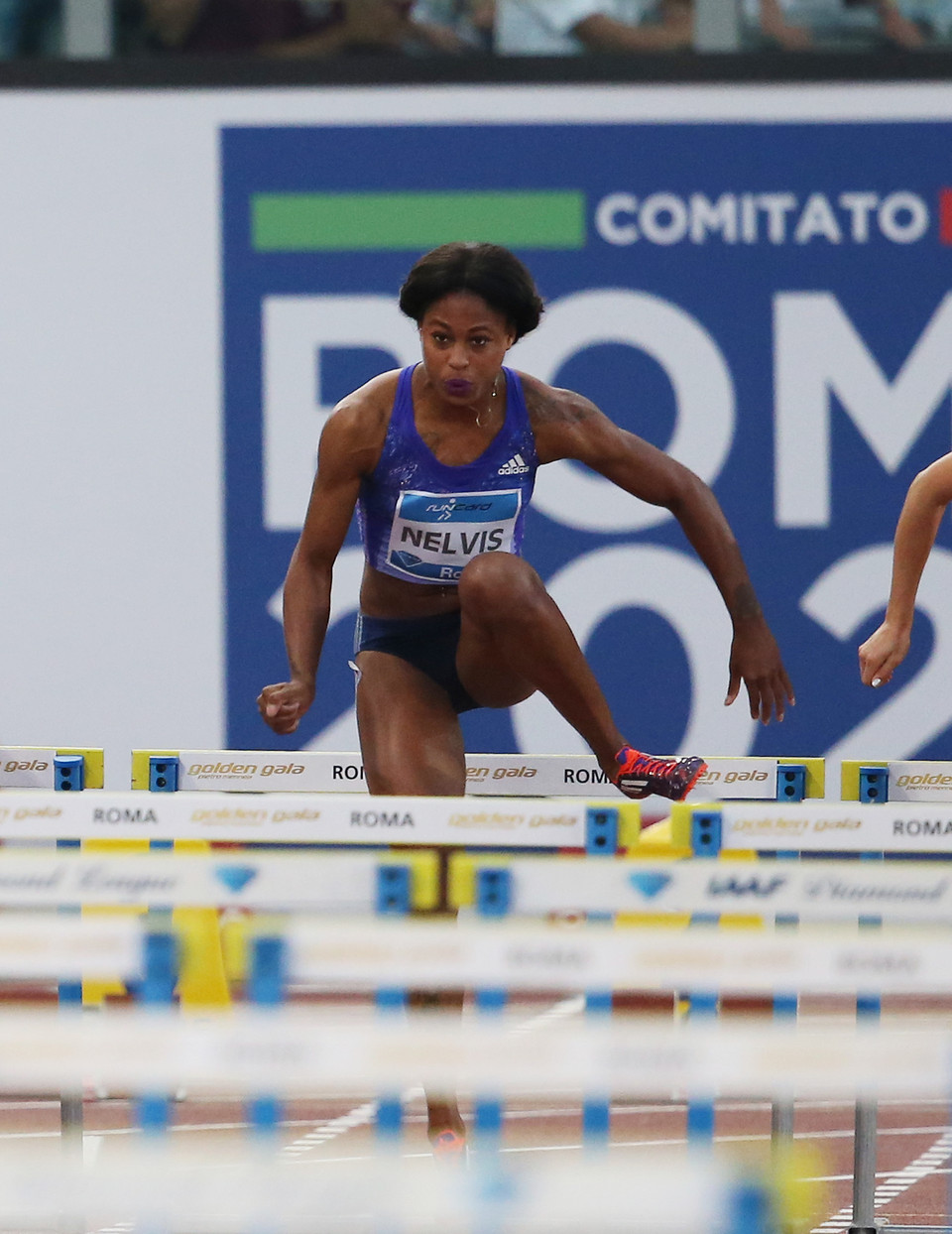At that point in the competition at the IAAF Diamond League meeting in Rome, he had an advantage of more than five metres over the best of the rest and, perhaps feeling secure after the second-best throw of his career that he had the win and four Diamond Race points clinched, he decided to retire from the competition and conserve his energy.
However, although Vesely did emerge on top, the contest was far from over after his departure.
Julius Yego launched his spear out to Kenyan record of 87.71m in round four, adding 85cm to his own mark set a week ago in Ostrava. In the final round, Trinidad and Tobago’s Olympic champion Keshorn Walcott also unleashed a national record of 86.20m.
Another event that crackled with electricity and incident to the end was the women’s 100m hurdles.
The fastest woman in 2015, Jasmin Stowers, started as the favourite after an unbeaten four-race streak that included running an IAAF Diamond League record and world-leading 12.35 in Doha three weeks ago.
However, coming to a halt after the eighth hurdle, she ended up jogging across the line in seventh and last place. Nevertheless, at least she made it to the finish.
Olympic champion Sally Pearson and world champion Brianna Rollins both failed to finish, the former taking a hard fall off the seventh hurdle and being taken off the track and straight to hospital while clutching her wrist.
Surviving the carnage with quiet dignity and quick hurdling was another emerging talent, USA’s Sharika Nelvis, who reduced her best to 12.52.
“Being in lane two, I just focused on what was in front of me so I had no idea of what was happening on my inside,” said the delighted Nelvis.
Renaud Lavillenie was rightly billed as one of the stars of the meeting and all the talk had been of him beating Sergey Bubka’s stadium and meeting record of 5.94m, which was a world record when it was achieved back in 1984. But the pole vault, rightly or wrongly, ended with a slightly anti-climactic feeling when the flying Frenchman could go no higher than 5.91m.
Three failures at 6.01m brought his evening to an end but only because of lack of timing.
He had two potentially soaring clearances at 6.01m but brought the bar off on the way down.
Lavillenie actually still had company at 5.91m as Thiago Braz added three centimetres to his South American record, the Italy-based Brazilian clearing 5.86m on his first attempt.
Justin Gatlin reinforced his status as the leading sprinter in the world this year, running a meeting record of 9.75, just 0.01 shy of his personal best and world-leading mark set in Doha.
Gatlin’s reaction and pick up was not as smooth as some of his other outings this year but from 40 metres into the race there was little doubt about who the winner was going to be.
In fact, Gatlin may be left to regret that he eased up just slightly before the line as he almost certainly would have gone faster still.
France’s Jimmy Vicaut took second place in 9.98, but was two metres behind Gatlin.
Spain’s Ruth Beitia became the first female high jumper to scale two metres this year when the European champion slithered over 2.00m on her third attempt. At 36 years and two months, she became the oldest woman ever to jump two metres.
Two-time world champion Blanka Vlasic showed an encouraging return to form after so many false starts in the past three years, constantly battling with injuries. The 2010 world athlete of the year cleared 1.97m on her first attempt but found 2.00m just beyond her on this occasion.
Phil Minshull for the IAAF and the IAAF Diamond League










